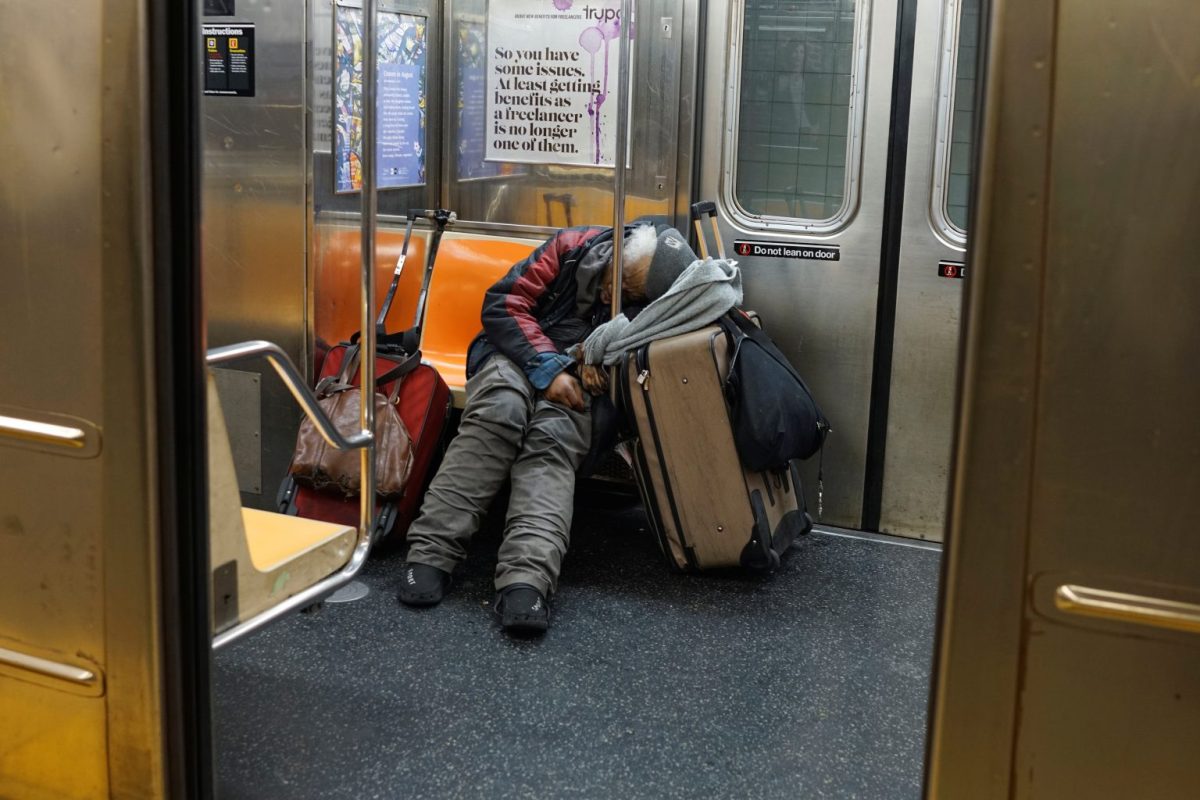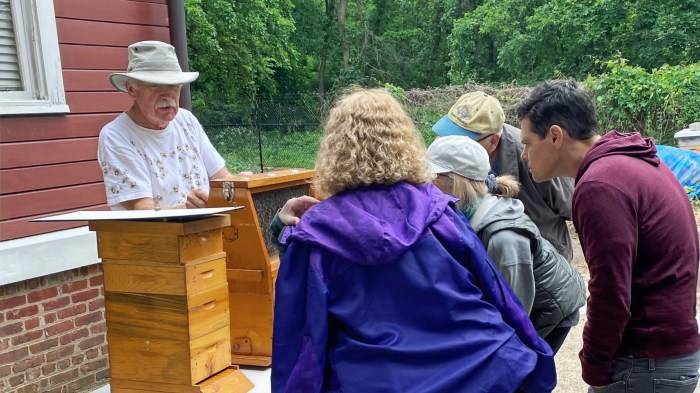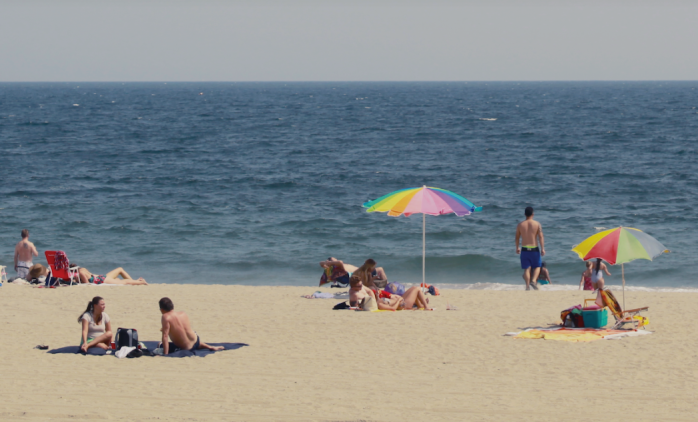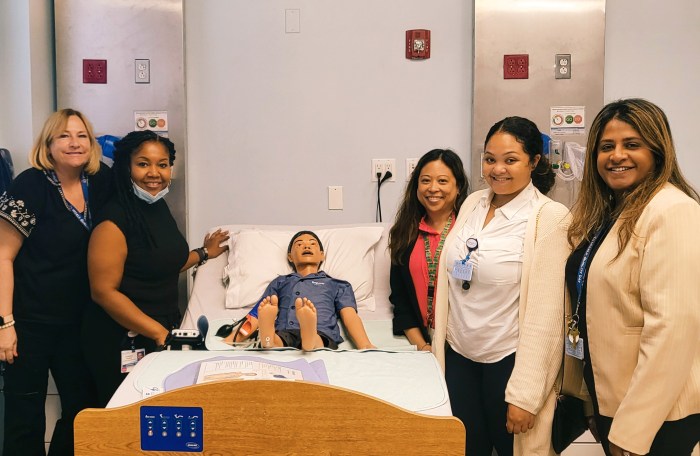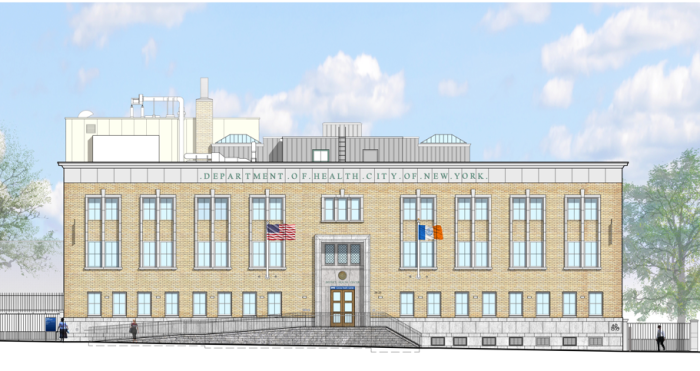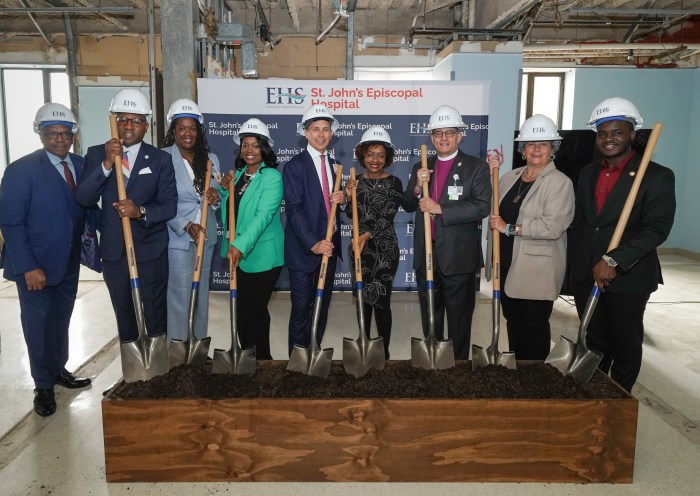City Comptroller Scott Stringer is asking the Department of Homeless Services to bring to bear their resources to make winter a little safer for unsheltered New Yorkers as COVID-19 makes a resurgence.
Addressed to city DHS Commissioner Steve Banks, Stringer calls for public and portable restrooms to be made available to people living on the streets as many government facilities close as well as opening drop-in and warming centers that facilitate social distancing.
“With many businesses still closed, few available public bathrooms, and drop-in centers operating at reduced capacity, New Yorkers experiencing street homelessness have fewer resources at their disposal to stay safe at a time when COVID-19 cases are on the rise,” Stringer wrote. “While the city has taken significant steps to minimize the spread of COVID-19 in congregate shelters by moving many residents into hotels where social distancing is possible, a robust set of actions to make life safer for unsheltered New Yorkers is also needed. These actions must aim to not only improve public health and safety for those who sleep unsheltered but also ramp up efforts to move as many New Yorkers off the streets and into appropriate shelter and housing as possible.”
Also among the recommendations, Stringer highlighted the need for stabilization bed capacity in hotel and hostels as the city implemented over the spring and summer to avoid crowding in congregate shelters and to continue to grow the number of Safe Haven facilities for those experiencing drug or alcohol dependency. All these would be supported by the long-term goal, an expansion to supportive housing availability.
According to DHS, efforts are “redoubled” to guide homeless individuals include shelters, drop-in centers, Safe Havens and stabilization beds that can be accessed through street homeless outreach programs during code blue weather events.
“At the same time, we’ve aggressively opened more than 1,200 new, specialized beds this year alone, dedicated to supporting individuals who’ve lived unsheltered as they get back on their feet, including 600 newly opened since summer, which have already helped hundreds of unsheltered New Yorkers come in off the streets and subways,” DHS spokesman Isaac McGinn said. “As the weather gets colder, our outreach teams will continue to be out across the five boroughs, implementing best practices, latest health guidance, and Code Blue protocols whenever appropriate, as they engage unsheltered New Yorkers and encourage them to accept services — and we will continue doing all that we can, leaving no stone unturned, to equip them with the range of resources that help make a real difference, like additional stabilization beds.”
Safe Haven and stabilization beds have also seen an increase, according to DHS, who said the 600 in 2014 have grown from 600 to 1,800 and there are currently over 3,000 stabilization beds.
Between May 5 and Nov. 15, facilitated by the MTA’s overnight closure of the subway between 1 a.m. and 5 p.m., the city’s outreach has referred up to 4,527 to shelters and 593 of them are currently living in shelters, DHS said.
Read the full text of Comptroller Scott Stringer’s letter here.
This story originally appeared on amny.com.

